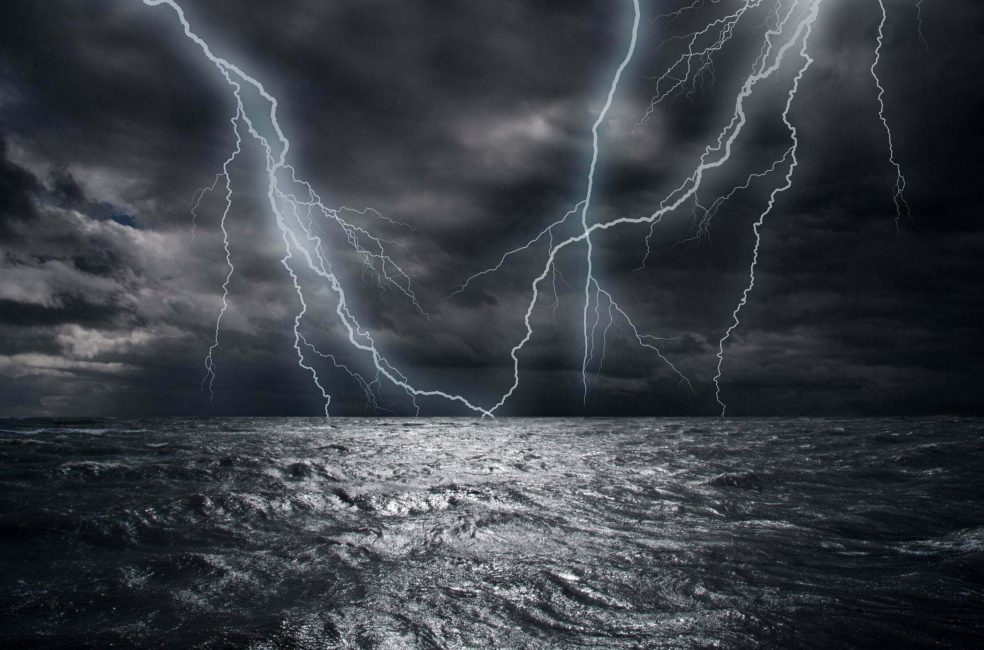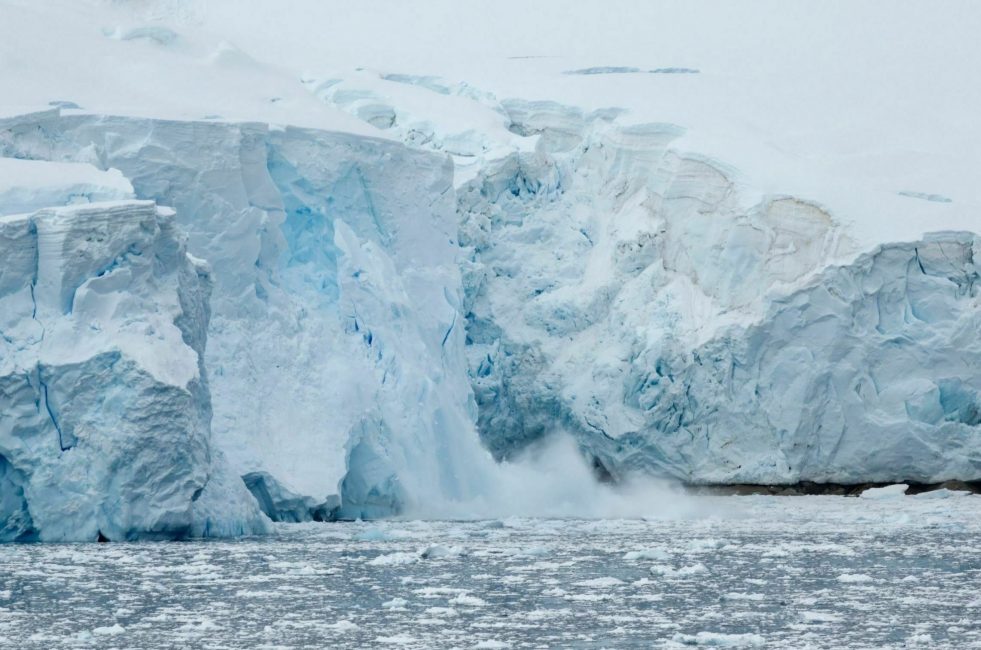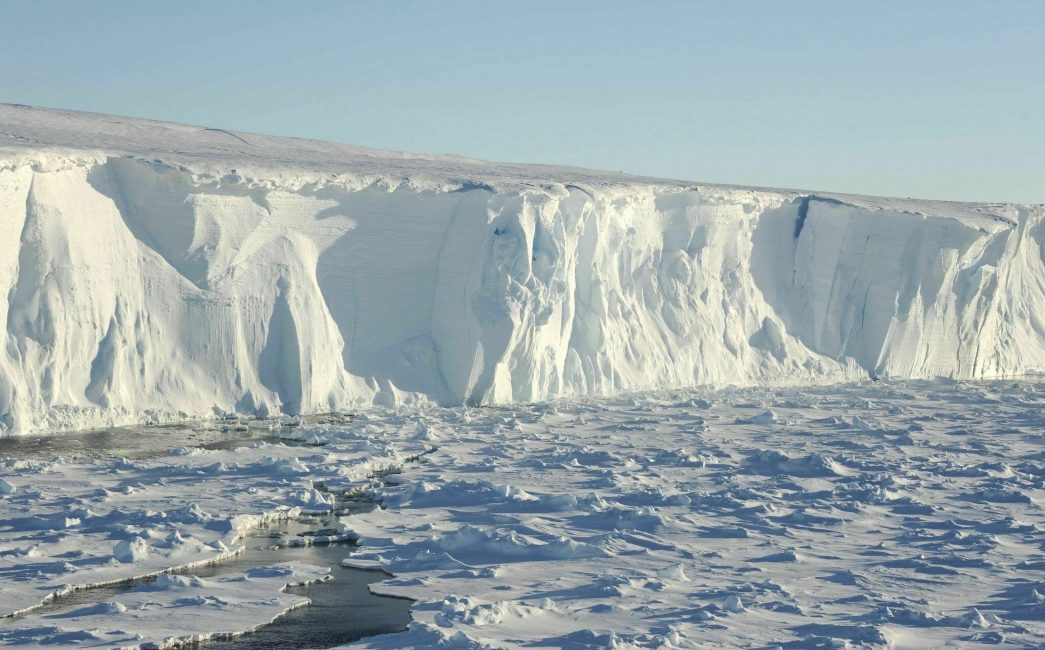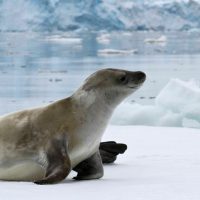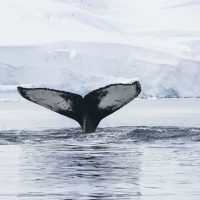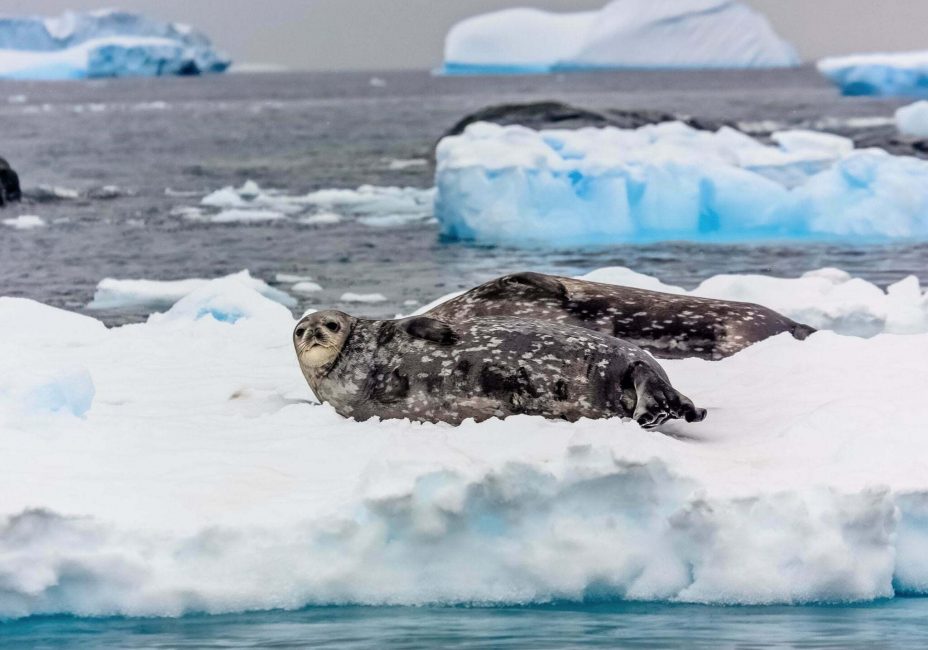The Southern Ocean is heating up
HEATING OCEANS
Since the late 1800s the average temperature on earth has risen by about 2.05°F (1.14°C). Each decade since the 1980s has been the hottest on record, and nine of the ten warmest years on record have occurred since 2005.
As the atmosphere heats up, the surface waters of the ocean heat up as well.
Over the past 50 years, the ocean has absorbed over 90 percent of the excess heat produced by human activity. Around three quarters of this took place in the Southern Ocean, where unique patterns of circulation allow surface waters to absorb more heat.
According to a 2023 study, the Southern Ocean has absorbed the same amount of excess heat as the Atlantic, Pacific, and Indian Ocean combined.
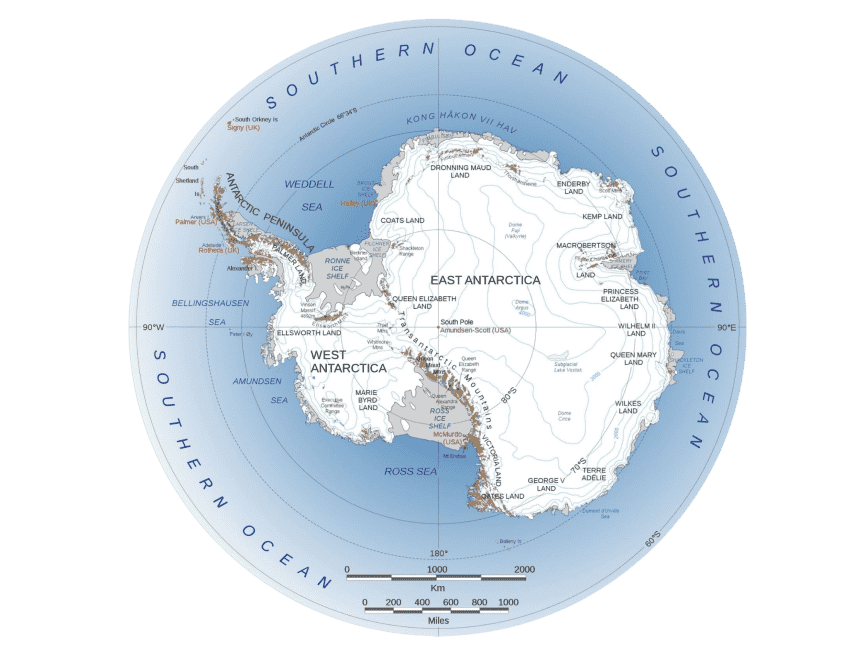
Warming up around Antarctica
HEATING OCEANS
On the west Antarctic Peninsula, summer sea surface temperatures have increased by over 1.8°F (1°C) since 1955, roughly three times the global average.
To the east of the Peninsula in the Weddell Sea, deep layers of the ocean are warming five times faster than the rest of the ocean at the same depth. Further south, warm currents have been detected under parts of the West Antarctic and East Antarctic ice sheet, melting their floating ice shelves from below.
Due to the difficulty of accessing these and other areas of the Antarctic coastline, there is a need for more research to understand the true extent and degree of ocean warming around Antarctica.
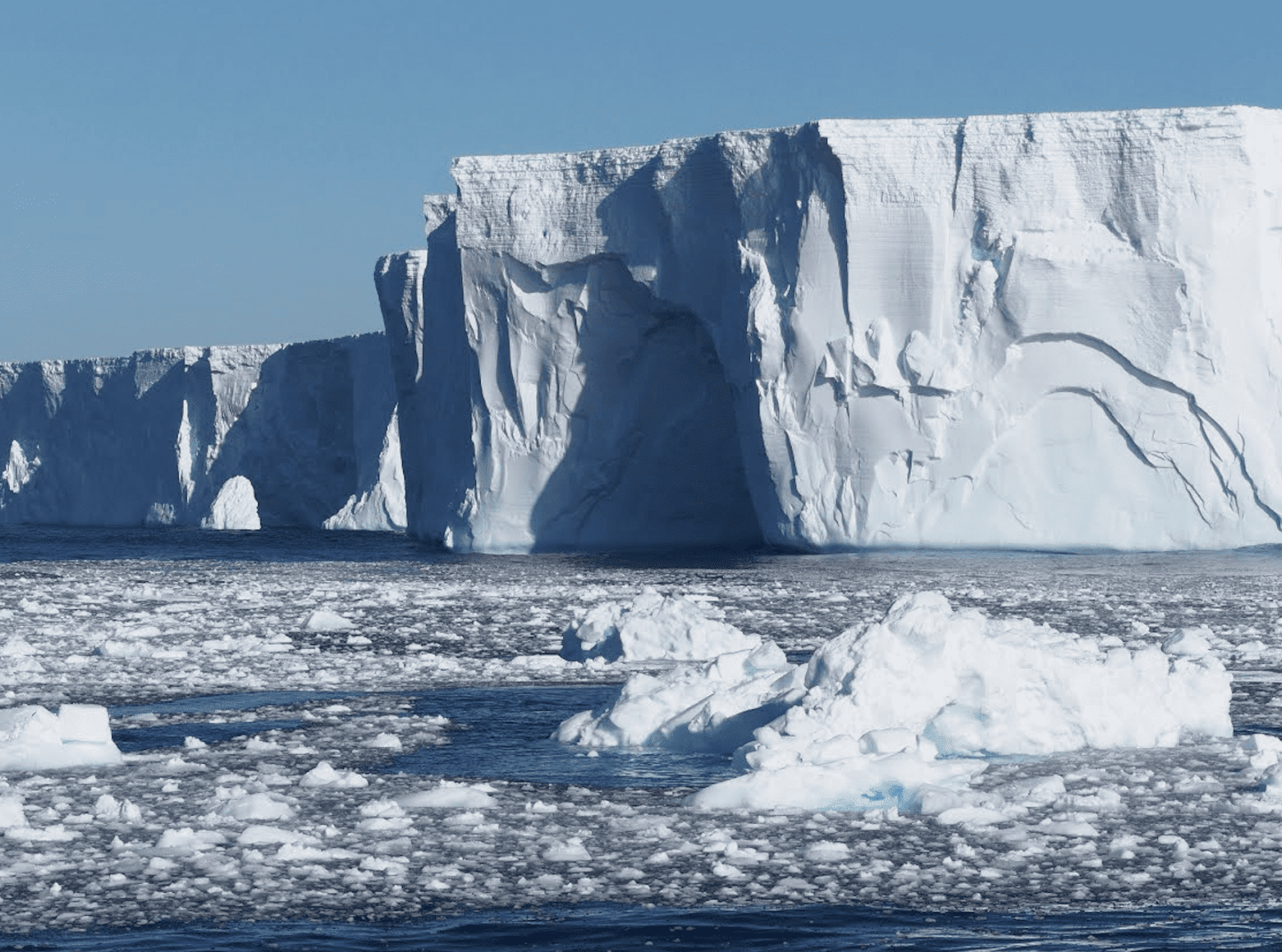
WHY IT’S IMPORTANT
Impacts of heating oceans
Warming ocean temperatures are melting ice shelves, decreasing sea ice cover and impacting Antarctic wildlife.
Photo credit: Nina Gallo
Melting ice shelves
IMPACTS OF HEATING OCEANS
Where Antarctic ice meets the sea, relatively warm ocean currents are flowing under floating ice shelves, melting them from below. As a result, ice shelves are becoming thinner, moving more quickly, and breaking apart more frequently.
The loss of ice shelves contributes to sea level rise, and large icebergs can interrupt local currents, or block emperor penguins’ access to their breeding areas.
Global ocean slowdown
IMPACTS OF HEATING OCEANS
Meltwater from ice shelves is also making the seawater around Antarctica fresher and less dense. This is slowing down Antarctic overturning circulation, an important function of the Southern Ocean that influences the global climate, sea level and marine ecosystems.
The authors of a 2023 study warned this circulation pattern is likely to slow by almost half in the next few decades, and could collapse this century. This would have far-reaching impacts on climate and marine ecosystems for centuries.
Shrinking sea ice
IMPACTS OF HEATING OCEANS
Each winter the ocean around Antarctica freezes over. Historically, this seasonal sea ice would cover the same area as Antarctica itself. However, since 2016 it has been forming later, covering a smaller area, and melting earlier.
Records were broken in the summer of 2023, when sea ice reached its lowest extent since the satellite record began in 1979 and parts of the coast were ice-free for the first time in almost 50 years.
A study published in September 2023 showed that warming ocean temperatures may play a role in shrinking sea ice. It also presents evidence that Antarctica has entered a new ‘sea ice state’, and it will become more common for ice to form later, cover a smaller area, and melt earlier.
Antarctic ecosystems under threat
IMPACTS OF HEATING OCEANS
Antarctic krill (Euphausia superba) are at the heart of the Antarctic food web, providing a vital food source for many Antarctic species, including penguins, seals and whales.
Research has shown that as the ocean heats up, Antarctic krill are shifting poleward in search of cooler waters and winter sea ice. In some parts of northern Antarctica, colonies of krill-dependent Adélie penguins and chinstrap penguins have declined by up to 80 percent since the 1970s. Researchers are investigating possible links between warming oceans, reduced sea ice, local decline of krill and collapsing penguin colonies.

ANTARCTIC ICE
Help keep Antarctica cool
Thanks to the generous support of a global network of Antarctic advocates, ASOC is working at the highest levels of Antarctic governance to push for strong protection for the Southern Ocean and its ecosystems. Join us today.
KEEP LEARNING
Related reading
Scientific consultation: Bea Pena-Molino, physical oceanographer in the Climate Science Centre (Ocean & Atmosphere) at the Commonwealth Scientific and Industrial Research Organisation (CSIRO) and Nicholas Golledge, Professor of Glaciology at Victoria University of Wellington.
Now that you’ve learned about the impact of warming temperatures on the Southern Ocean, read on to learn more about extraordinary Antarctica.
 ASOC
ASOC
